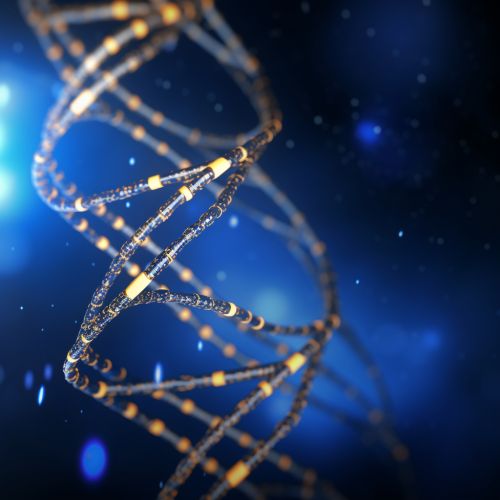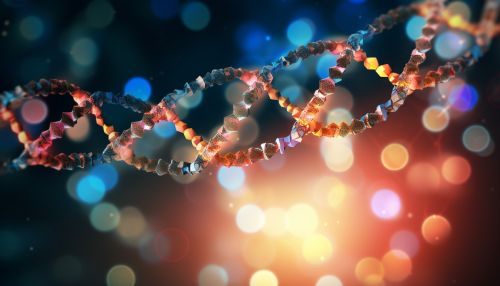Genetic history of Europe
Introduction
The genetic history of Europe has been extensively studied and offers a rich panorama of evolution, migration, and adaptation to different environments. This article delves into the complex genetic history of Europe, exploring the various waves of migration and the genetic markers that have shaped the European gene pool.


Prehistoric Europe
The genetic history of Europe can be traced back to the prehistoric period. The first modern humans to inhabit Europe were the Cro-Magnon people, who arrived around 45,000 years ago. These early humans carried the haplogroup R1b, which is still the most common Y-chromosome haplogroup in Europe today.
Neolithic Revolution and the Spread of Agriculture
The Neolithic Revolution, which began around 10,000 years ago, marked a significant turning point in the genetic history of Europe. The spread of agriculture from the Near East brought new groups of people into Europe, carrying with them different genetic markers. This period saw the spread of the haplogroup G and haplogroup J, both of which are associated with the spread of farming.
Bronze Age Migrations
The Bronze Age saw significant migrations across Europe, which further diversified the genetic landscape. The Yamnaya culture, originating from the Pontic-Caspian steppe, spread across Europe around 4,500 years ago. This migration brought the haplogroup R1a, which is prevalent in Eastern Europe today.
Roman Era and the Middle Ages
The Roman era and the Middle Ages saw further genetic mixing in Europe. The Roman Empire, in particular, facilitated the movement of people across different regions, leading to a more homogeneous genetic makeup in Europe. The Middle Ages saw the spread of the haplogroup I, particularly in Scandinavia.
Modern Era
In the modern era, the genetic diversity of Europe has been shaped by various historical events, including the Age of Discovery, the Industrial Revolution, and the two World Wars. These events have led to significant population movements and genetic mixing, resulting in the diverse genetic landscape we see in Europe today.
Conclusion
The genetic history of Europe is a complex tapestry of migration, adaptation, and intermingling of different peoples. It provides a fascinating insight into the history of the continent and the people who have shaped it. As genetic research continues to advance, our understanding of this intricate history will only continue to grow.
